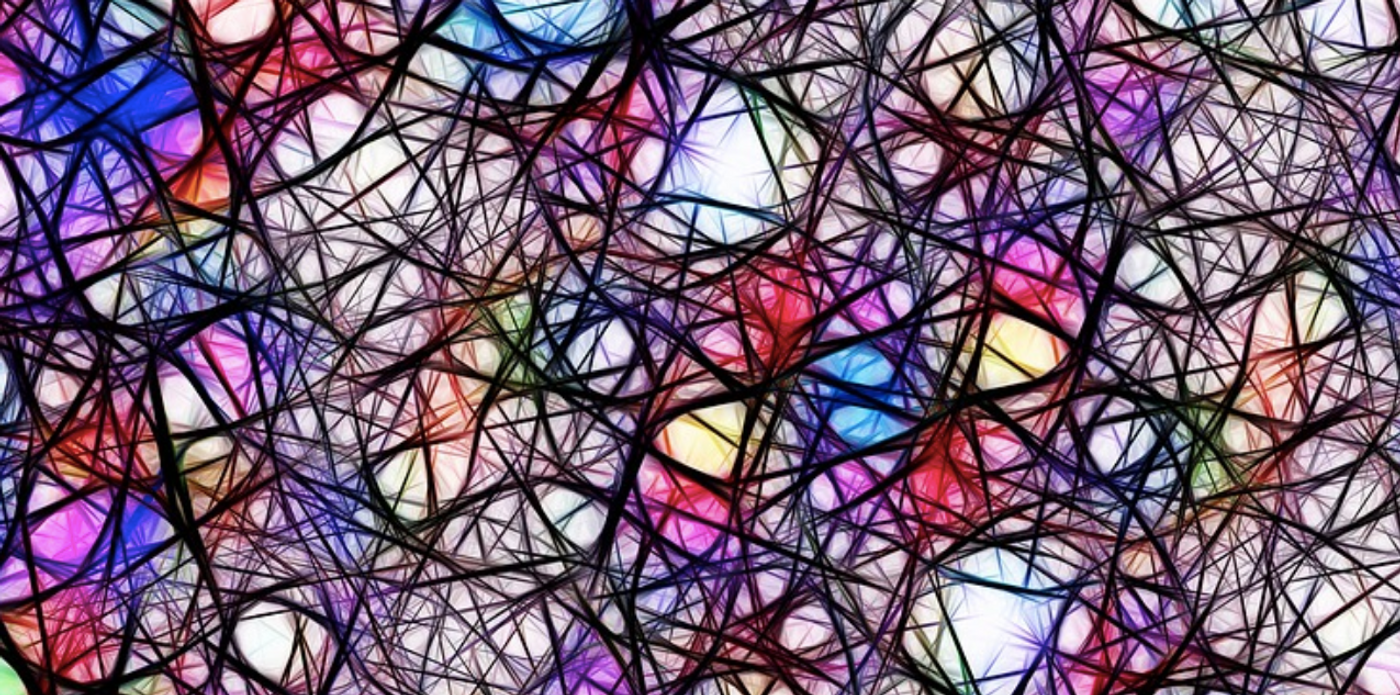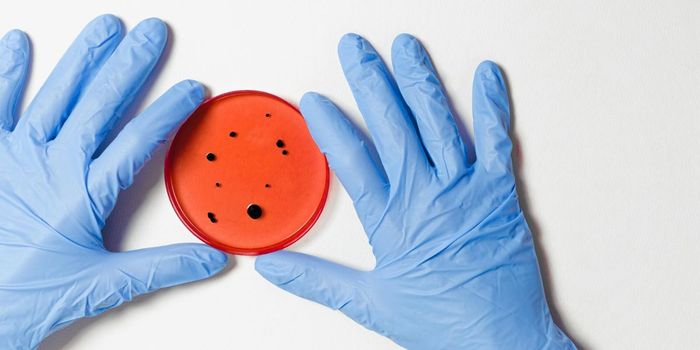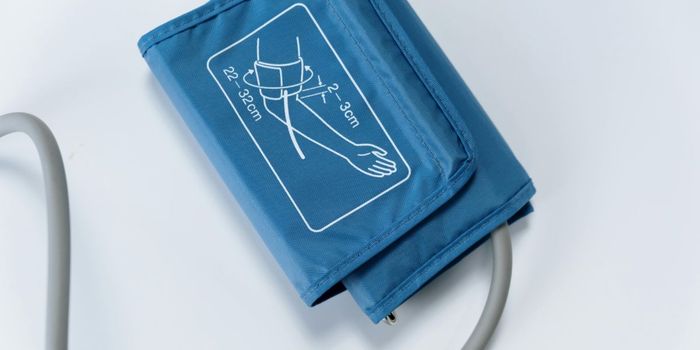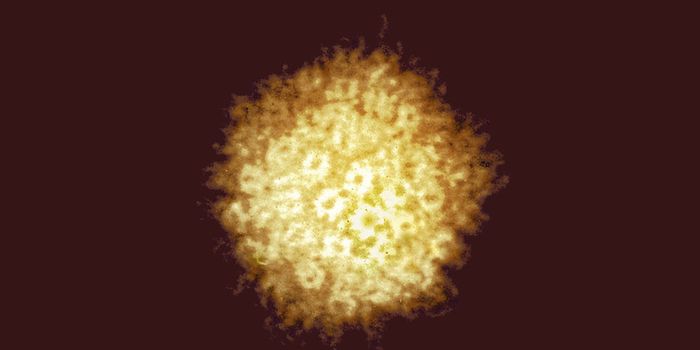Brain Lesions Reveal Networks of Addiction
There is no good model for investigating the human brain. A lot of what we know about which parts of the brain perform which functions comes from studying people who have experienced injury or an event like a stroke that affects their brain, and some ability. For example, a German neurologist named Carl Wernicke had patients with speech difficulties known as aphasia. These patients had experienced damage near the superior temporal gyrus (in the temporal lobe of the brain). Because of these observations and other research, we know that information is sent from the auditory cortex to Wernicke's area, and the temporal lobe in general, where words are given meanings.
Scientists have now used a tool called lesion network mapping to reveal more about the biological basis of addiction. The work has shown that addiction remission is not confined to one part of the brain, and maps to circuits throughout the brain. The findings have been reported in Nature Medicine.
Substance abuse disorders are a major problem around the world. There are few effective treatments, though neuromodulation, such as deep brain stimulation, transcranial magnetic stimulation, and MRI-guided focused ultrasound, may hold promise as a treatment. Scientists first have to learn which parts of the brain should be treated.
Some people that have a stroke are suddenly no longer addicted to nicotine. In this research, the investigators obtained data from two different groups of people with a nicotine addiction, who had then experienced a brain lesion, typically from a stroke.
The study authors compared lesions in those who had not quit smoking to those seen individuals that had quit. The lesions identified in the patients were mapped to a larger brain circuit using a database known as the human connectome. In both datasets, the brain circuits that mapped to smoking remission were the same.
The researchers were then surprised to find that another lesion related to a reduced risk of alcoholism was mapping to a similar circuit as the one signifying smoking remission.
The scientists suggested that there may be a general addiction-related neural pathway that could be targeted to treat addiction in general, instead of substance-specific addictions.
The researchers noted that there are some limitations to this report; only existing data was retrospectively analyzed, and only datasets that referred to substance abuse were used.
However, the research also suggests that it may be possible to treat addiction by applying neuromodulation treatments to addiction patients, especially since a target has now been identified, suggested corresponding study author Michael D. Fox, HMS associate professor of neurology at Brigham and Women's.
More work will be needed to confirm these findings, and the researchers are hopeful that clinical trials can be planned to validate the research and move forward with creating treatment avenues.
“We study brain lesions in the context of the brain circuit because it provides a powerful way to understand the causal links between addiction and our neuroanatomy,” added Fox. "We have hope that we can make significant strides towards helping patients with substance use disorders."
Sources: Harvard University, Nature Medicine









